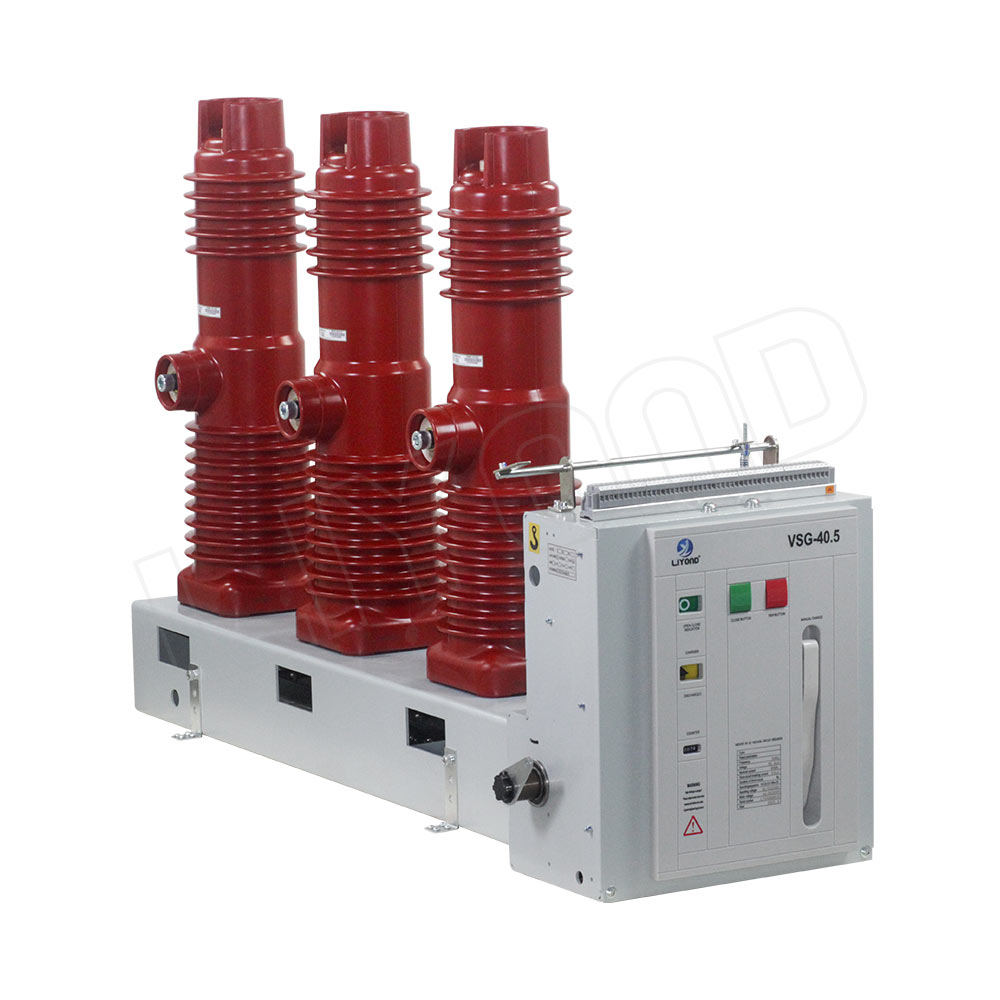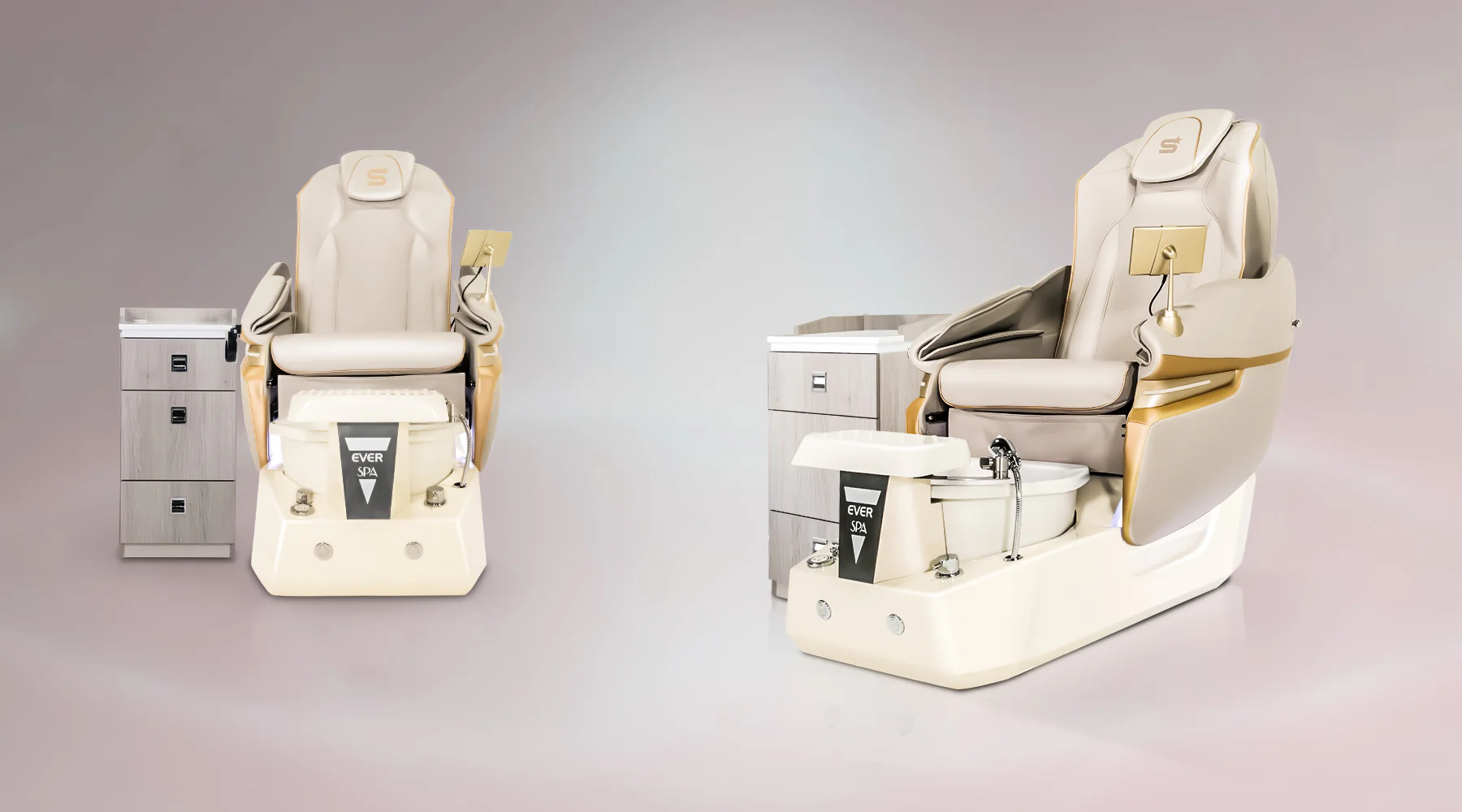Introduction to Vacuum Circuit Breakers
A vacuum circuit breaker is one of the most efficient and reliable technologies used in modern electrical systems. It operates using a vacuum as the medium for arc extinction, making it a clean and energy-efficient option for power distribution networks. As industries and utilities increasingly focus on sustainability and cost-effectiveness, the Vacuum circuit breaker has become an essential component for energy-efficient power control.
Understanding How Vacuum Circuit Breakers Work
A vacuum circuit breaker interrupts the current by separating the electrical contacts within a vacuum chamber. When the contacts open, the arc formed between them is quickly extinguished due to the absence of gas molecules. The vacuum ensures minimal power loss and prevents the re-striking of the arc, making the vacuum circuit breaker highly efficient and durable. This process significantly reduces energy wastage during switching operations, which directly contributes to improved energy efficiency.
Design and Components of a Vacuum Circuit Breaker
The vacuum circuit breaker consists of key components such as fixed and moving contacts, a vacuum interrupter, and an operating mechanism. The vacuum interrupter plays the most crucial role by providing the environment necessary for arc extinction. The contacts are designed to withstand high voltage and current stresses. The simple yet robust design of a vacuum circuit breaker ensures long service life, minimal maintenance, and superior performance under various load conditions.
Energy Efficiency in Vacuum Circuit Breakers
Energy efficiency is a major advantage of using a vacuum circuit breaker. Unlike air or oil circuit breakers, it does not require any external medium for arc quenching. This reduces the need for additional power-consuming equipment such as compressors or pumps. The vacuum circuit breaker also minimizes energy loss during operation due to its high dielectric strength and rapid arc extinction capability. As a result, it reduces overall system losses, contributing to lower energy consumption and operational costs.
Reduced Power Loss During Operation
A vacuum circuit breaker significantly reduces power loss compared to traditional breakers. The vacuum medium ensures that the arc voltage remains low, minimizing the energy dissipated during interruption. This reduction in power loss enhances the overall efficiency of electrical systems, making the vacuum circuit breaker an ideal choice for organizations striving to meet energy efficiency goals.
Long Service Life and Durability
Another major energy efficiency advantage of the vacuum circuit breaker is its longevity. Because there are no gases or oils to degrade over time, and the contacts experience minimal wear, the vacuum circuit breaker can operate reliably for many years with little maintenance. This long service life reduces the need for frequent replacements, saving both energy and resources associated with manufacturing and maintenance.
Maintenance and Operational Efficiency
The vacuum circuit breaker is designed for minimal maintenance. Since the vacuum chamber is sealed, it remains unaffected by external factors such as humidity, dust, or temperature variations. The absence of oil or gas eliminates the need for periodic refilling or leakage checks. This operational efficiency means that the vacuum circuit breaker not only consumes less energy during operation but also reduces downtime and maintenance-related energy expenditures.
Environmental Benefits of Vacuum Circuit Breakers
The vacuum circuit breaker is an environmentally friendly technology. It eliminates the need for insulating gases such as SF6, which are known to be potent greenhouse gases. By using a vacuum medium, the vacuum circuit breaker helps reduce environmental pollution and carbon footprint. Its energy-efficient design and long operational life further contribute to sustainability goals by minimizing waste and conserving resources.
Cost Efficiency and Energy Savings
The vacuum circuit breaker provides long-term cost benefits due to its energy efficiency and reduced maintenance needs. The savings come from lower operational losses, fewer component replacements, and reduced downtime. For industries and utilities, these factors translate into significant energy and cost savings over the equipment’s lifetime. Thus, investing in a vacuum circuit breaker ensures both financial and environmental benefits.
Application of Vacuum Circuit Breakers in Power Systems
The vacuum circuit breaker is widely used in medium and high-voltage applications such as substations, industrial plants, and renewable energy systems. Its high performance, reliability, and energy efficiency make it suitable for various load conditions. Whether used for protection, switching, or isolation, the vacuum circuit breaker ensures consistent energy-efficient operation across all applications.
Comparison with Other Circuit Breakers
Compared to air or oil circuit breakers, the vacuum circuit breaker stands out for its superior energy efficiency. Air circuit breakers have higher energy losses during arc extinction, while oil circuit breakers require energy-intensive maintenance. The vacuum circuit breaker, on the other hand, offers fast operation, minimal losses, and reduced maintenance costs. This makes it the most energy-efficient option among modern circuit breaker technologies.
Role in Smart and Sustainable Power Grids
In modern smart grids, energy efficiency is a critical factor. The vacuum circuit breaker plays an essential role by providing fast, reliable, and energy-efficient switching operations. Its compatibility with digital monitoring systems allows better control and optimization of power distribution. By integrating vacuum circuit breakers into smart grids, utilities can enhance power system performance while reducing overall energy consumption.
Future of Vacuum Circuit Breakers in Energy Efficiency
As technology continues to evolve, the vacuum circuit breaker will remain at the forefront of energy-efficient electrical solutions. Innovations in material science and automation will further improve its performance, efficiency, and lifespan. The vacuum circuit breaker will continue to be an indispensable tool in achieving global energy efficiency and sustainability targets.
Conclusion
The vacuum circuit breaker represents a perfect blend of technology, reliability, and energy efficiency. Its ability to reduce power loss, operate with minimal maintenance, and provide long-term cost savings makes it the preferred choice for modern electrical systems. As the world moves toward cleaner and more efficient energy solutions, the vacuum circuit breaker will play a pivotal role in shaping a sustainable energy future.
Aierway emphasizes the importance of adopting advanced technologies like the vacuum circuit breaker to promote energy efficiency, reliability, and environmental responsibility in all sectors of the power industry.



